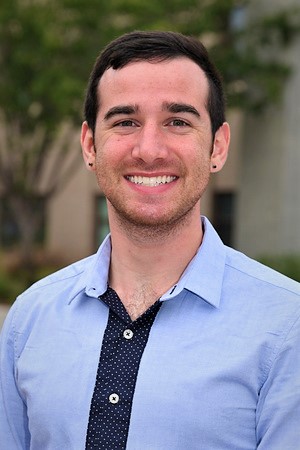Abstract: Studying ion transport in nanoporous materials is crucial to a wide range of energy and environmental technologies, including ion-selective membranes, drug deliver systems, and supercapacitors. Hydrophobic nanoporous materials are of great research interest due to their ability to act as nanoscale valves, preventing the transport of liquid water in the absence of external stimulation. Commercial industries have already taken advantage of this phenomenon, making breathable fabrics that allow sweat to evaporate but keep liquid water from penetrating the material. Single hydrophobic nanopores are also ideal model systems to study wetting/dewetting transitions at the nanoscale. In this talk I will describe my research on ion transport gating in hydrophobic nanopores. Specifically, ion current measurements in single silicon nitride nanopores containing a hydrophobic-hydrophilic junction were performed in a variety of salt types and concentrations. The hydrophobic-hydrophilic surface chemistry was achieved through a two-step, asymmetric surface modification. The silicon nitride surface was rendered hydrophilic with either electrostatic attachment of poly(allylamine) or silane coupling with (3-aminopropyl)trimethoxy silane. The hydrophobic interface was achieved with silane coupling of 1H,1H,2H,2H-perfluorooctyltrichlorosilane. The results show that transport properties in these devices are highly dependent on the size, hydration strength, and concentration of the solvated ions. Nanopore devices with a hydrophobic-hydrophilic junction can function as nanofluidic diodes, with voltage-dependent wetting influenced by ion identity and concentration. Large, polarizable anions, such as bromide and iodide, facilitate pore wetting, with an unusual dependence on electrolyte concentration – higher concentrated solutions more easily wet the devices, in contrast to bulk surface tension trends. Experimental results were supplemented with molecular dynamic simulations that revealed key characteristics of the asymmetric nanopore system. These results are essential for designing nanoporous systems that are selective for ions of the same charge as well as understanding the fundamental role of ion hydration on the properties of solid-liquid interfaces.
Speaker:
Institution:
Location:

